 Categories
Categories 
Hands down, corals are one of the most underrated gemstones with implications as extensive as sapphires and appeal as humongous as ruby stone. Red Coral Stone are renowned for their plethora of astrological benefits and eye-pleasing hues. It is strongly linked to the Planet Mars and immensely beneficial for people who are born under the Zodiac sign Aries.
When it comes to coral, there are two predominant variants: red coral and white coral. Both are bodacious in their appearance, come with a myriad of spiritual and astrological benefits, and exhibit stunning respective color hues. So many gemstone enthusiasts and inquisitive souls ask about the primary differences between red coral and white coral. How they differ in terms of origin, physical properties, value, and benefits. In this utterly informative blog post, we have carved the most in-depth and knowledge-expanding differentiation guide on red coral vs white coral that will satiate all your qualms and make you familiar with the primary differences and benefits between these two scintillating gemstones.
Red coral and white coral have different origins and grow in varied environments. Red coral is primarily found in the principal regions of the Mediterranean Sea, particularly off the coasts of Italy, Spain, and Algeria. It is also found in coastal areas of Japan and Taiwan. Red coral belongs to the species Corallium rubrum and grows in deep, dark waters, often attached to rocky substrates. Some species of red coral take numerous years to form.
On the other hand, white coral comes from a variety of different species, including one of the most popular Acropora and Porites. These species are spread in very humongous regions of the Pacific Ocean, the Indian Ocean, and the Caribbean Sea. Unlike red coral, white coral grows in shallow waters, typically in tropical coral reefs, where it thrives in bright sunlight and warm temperatures. Moreover, It is often found in massive colonies and its intricate yet beautiful branching structures create habitats for a variety of marine species.
Read More:- Benefits of Wearing Moonga Stone
Red coral is renowned among gemstone lovers for its deep and rich red color which can range from pale red and pink to a vibrant blood-red hue. The red color hues in white coral come from the presence of pigments like carotenoids in the coral's tissue. Red coral is also relatively soft but dense with a butter-like smooth surface texture and organic pattern. It has been revered and cherished for centuries for its beauty and durability and is often used in jewelry making and ornamental objects.
On the other hand, white coral is principally white in color with hues of ivory, although it can also be pink, yellow, or gray. Its texture is porous and lightweight, with a delicate, almost fragile appearance. The branches of white coral look complicated and quite thin which creates a graceful lace-like pattern that strikes collectors and designers. While white coral is extensively used in making affordable jewelry and decorative objects, it is more commonly used in aquariums and as a substrate for cultured pearls.
In a nutshell, both red coral and white coral have unique physical properties that make them prized by collectors and artisans alike, whether for their beauty, durability, or decorative value.

Red coral and white coral vary to a great extent when it comes to color differentiation. As their names suggest, red coral is known for its lush red color and deep red hues, while white coral is predominantly white or sometimes, exhibits ivory hues.
Red coral's striking red color is because of the presence of pigments, such as carotenoids, in its tissue. The color can vary in intensity from pale pink to a lush blood-red hue and that too entirely depends on the species, location, and growing conditions. In the domain of jewelry and other embellishments, and ornamental objects, the rich red color of red coral is much sought-after, and many gemstone lovers prefer to classify it as a precious gemstone.
If we talk about the color hues of white coral gemstones, it is predominantly white or ivory in color, although they can also be pink or gray. Its color is due to the presence of calcium carbonate which gives it its characteristic pale hue. The white color of white coral stone is revered and valued in decorative objects where its intricate, lace-like pattern and delicate appearance create a sense of elegance and sophistication.
The conclusion of this pointer is while both red coral and white coral are valued for their beauty and unique properties, their coloration sets them apart and makes them distinct from one another.
Red Coral Benefits: Red coral is coveted the most for providing a remarkable range of benefits and uses throughout history, particularly in affordable jewelry making. While some of these benefits are anecdotal and not backed by scientific research, others have been studied in more detail.
One of the most well-known benefits of red coral is its purported healing properties. In traditional medicine, red coral has been used to treat a variety of ailments, such as digestive problems, skin conditions, and respiratory issues. It has also been used as an aphrodisiac and to promote fertility. While there is limited scientific evidence to support these claims, some studies have found that red coral contains compounds that may have anti-inflammatory and antioxidant properties, which could potentially have health benefits.
In addition to its medicinal uses, red coral is also highly valued in jewelry making and as an ornamental object. The deep red color and intricate patterns of red coral make it a popular gemstone, particularly in traditional and cultural jewelry. It is believed to bring good luck and ward off evil spirits in many cultures, and it has been used as a symbol of power and authority throughout history.
Overall, while more research is needed to fully understand the potential health benefits of red coral, its beauty and cultural significance make it a highly valued and sought-after material in jewelry making and ornamental objects.
White Color Benefits: White coral, with its delicate and elegant appearance, is a highly prized material for decorative and functional purposes. While it does not have the same cultural and medicinal associations as red coral, it offers a range of benefits and uses of its own.
One of the primary benefits of white coral is its beauty and aesthetic appeal. The delicate, lace-like structure of white coral creates a sense of elegance and sophistication, making it a popular choice for decorative objects, such as vases, sculptures, and picture frames. It is also used in jewelry making, where its white color and intricate patterns create a sense of purity and simplicity.
White coral also has functional benefits, particularly in aquariums and marine environments. The porous structure of white coral provides a habitat for a variety of marine species, including fish, invertebrates, and algae. It is also used as a substrate for cultured pearls, where the oysters or mussels are placed in the crevices of the coral to grow the pearls.
While white coral may not have the same cultural and medicinal significance as red coral, its beauty and functional uses make it a highly valued material in a variety of contexts, from art and design to marine biology and aquaculture.
The value of red coral and white coral gemstones can vary to a great extent depending on umpteen vital factors like their rarity, size, quality, origin, and demand in the market.
Red coral, with its uniform and lush red color and average durability, is highly valued in jewelry-making and ornamental objects. It is considered a precious gemstone like rubies and sapphires in many cultures and has been coveted for centuries for its mesmerizing beauty and symbolic significance. The value of red coral can be influenced by the species, the location of the harvest, and the skill and artistry of the craftspeople who work with it. Fine quality red coral can command high prices, with some pieces selling for thousands of dollars per carat.
White coral, while not as valuable and revered as red coral, is still highly sought-after for its eye-pleasing white hues and gargantuan astrological implications. It is often used in decorative objects, such as vases and sculptures, as well as in aquariums and as a substrate for cultured pearls. The value of white coral can be influenced by its size, purity, and intricacy of its structure. While it may not command the high prices of red coral, fine-quality white coral can still be quite valuable in certain markets.
The crux here is, the value of red coral and white coral reflects their availability, unique physical properties, significance, and demand in the market. While both variants of coral are highly sought-after and equally valuable, their value can vary widely depending on a range of factors.
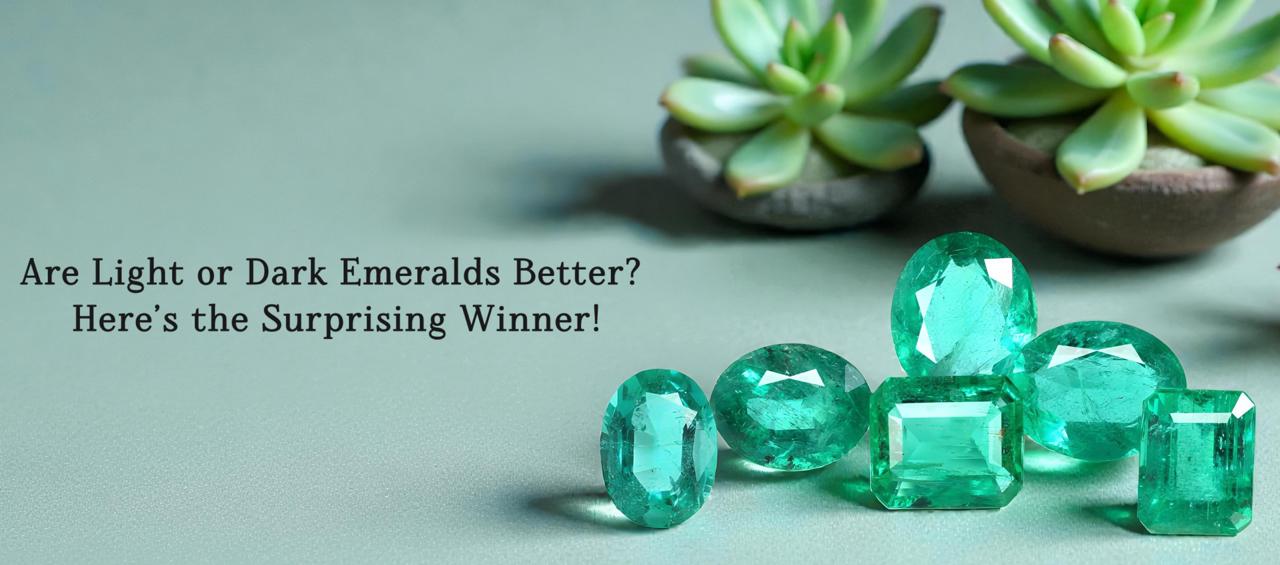
Are Light or Dark Emeralds Better? Here’s the Surprising Winner
December 24th, 2025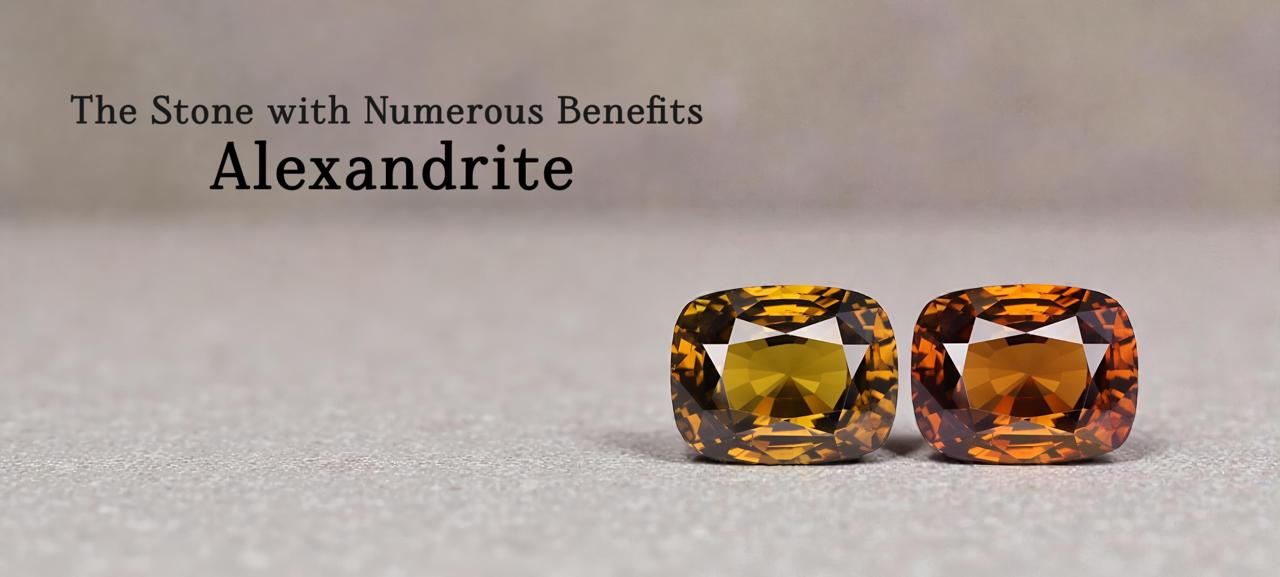
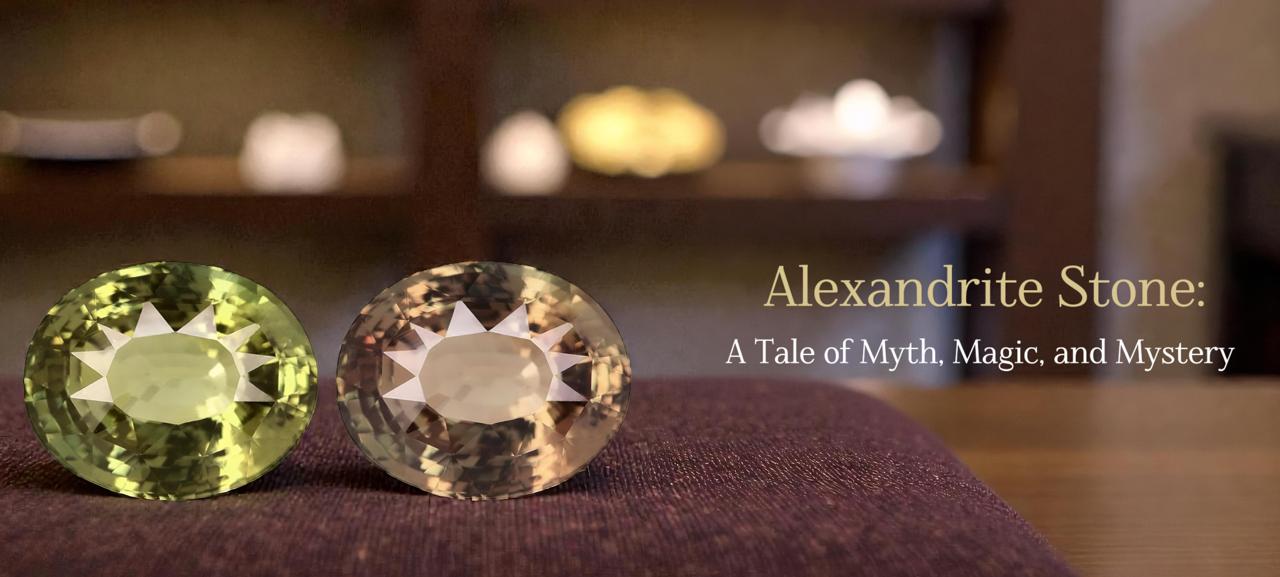
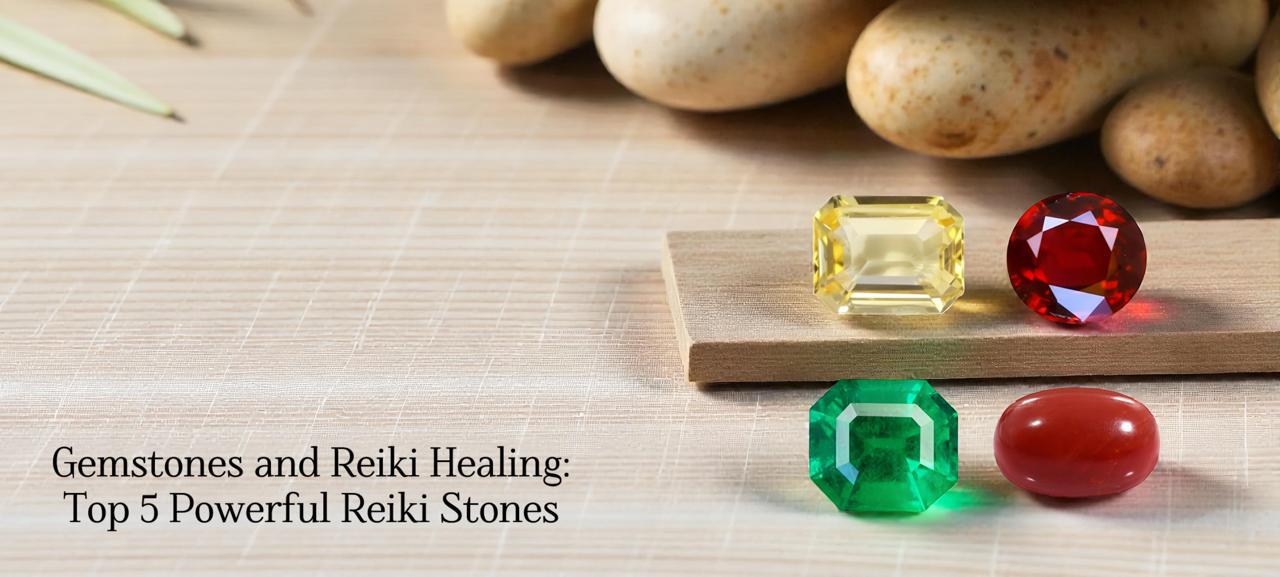
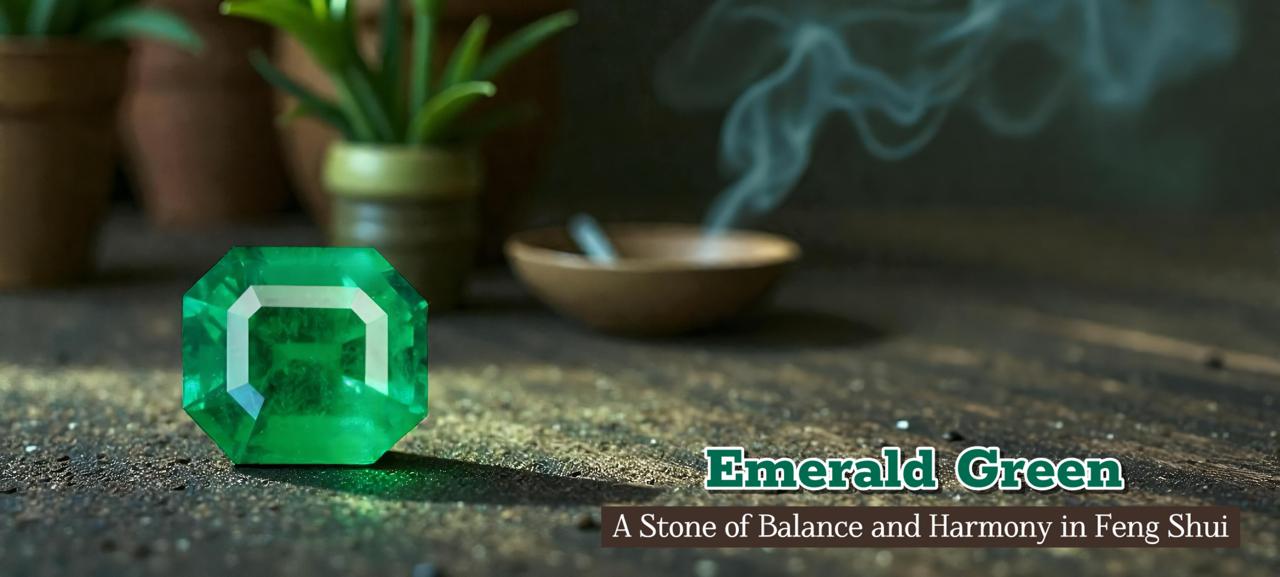
Emerald Green: A Powerful Feng Shui Stone for Balance and Harmony
December 15th, 2025